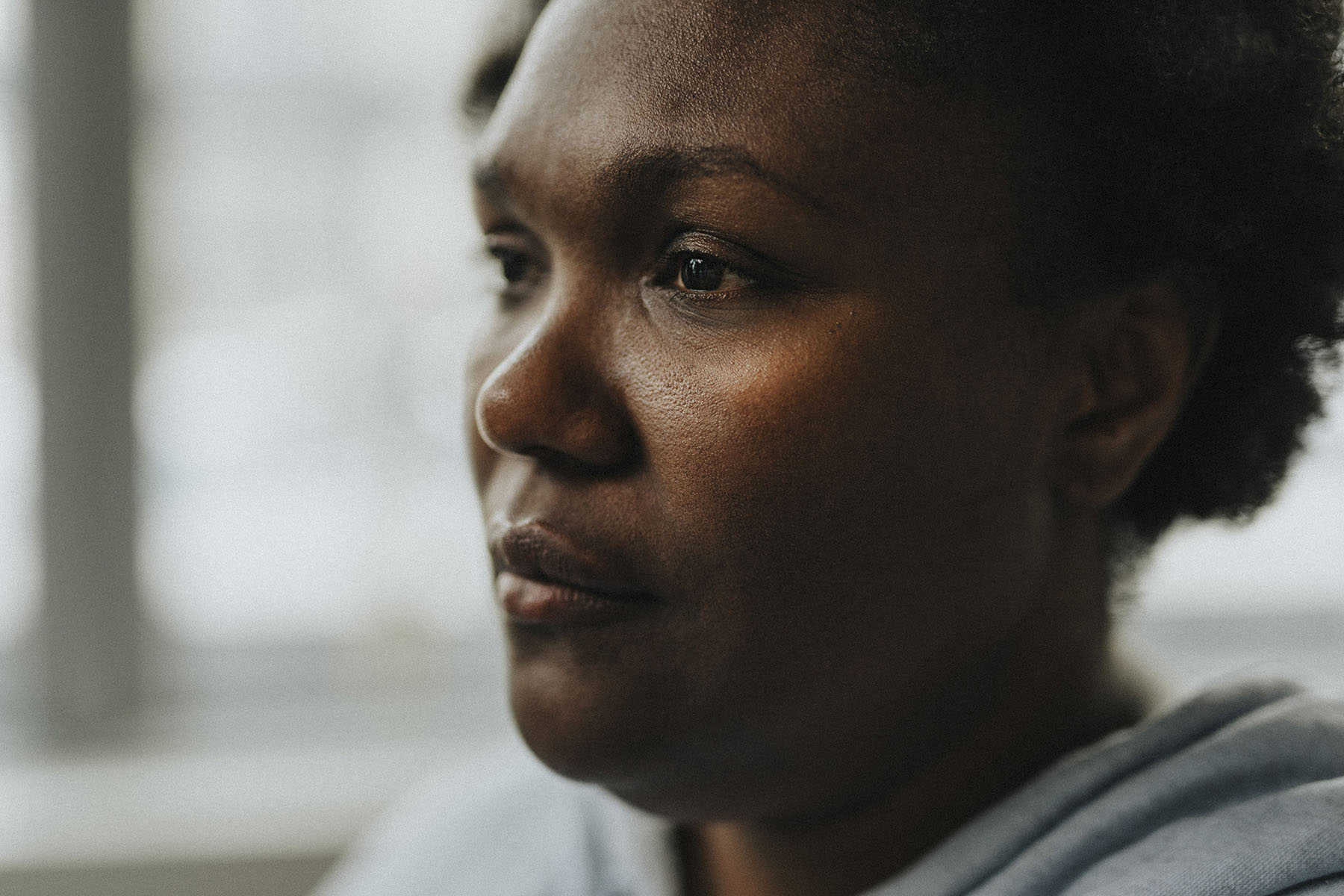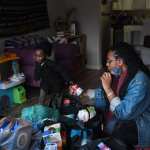Unemployment rates over the past year have remained largely steady for every group of workers but one: Black women, whose unemployment rates have been rising.
For the past three months that increase has been even more pronounced, with Black women’s unemployment rate hovering at 6 percent — twice the rate of White workers — according to new data released Thursday from the Bureau of Labor Statistics. It’s a trend that has been troubling economists, and a potential sign of strain in the economy.
Because of systematic racism and inequities in the labor market, any cracks in the strength of the overall economy always show up for Black workers first, said Jessica Fulton, a senior fellow at the Joint Center for Political and Economic Studies, a think tank focused on Black Americans.
“Black workers, and particularly Black women, show up as a canary in the coal mine, giving a picture of what may happen to everyone else later,” Fulton said.
Over the past several months, Black women’s unemployment rate has jumped from 5.1 percent in March to 6.1 percent in April, 6.2 percent in May and 5.8 percent in June. The unemployment rate among White women and Asian women stayed largely flat around 3 percent from March to June, and among Latinas, it hovered near 5 percent in that time period. The rate for every racial subgroup of men stayed flat during that time, except Black men, who last month saw a significant increase — 6.9 percent from 5.2 percent in May.
The implications are severe: Black women participate more in the labor force than any other group of women. They are the most likely to be working or seeking work, and they work in sectors that offer critical services, including health care, education and the federal government.
The high rate of unemployed Black women is also concerning because Black women tend to remain unemployed for longer than other workers, said Jasmine Tucker, the vice president for research at the National Women’s Law Center. In June, the average time Black women spent unemployed before they found a job was more than six months — the longest duration of any group.
Economists The 19th spoke to agree that some of what may be behind those numbers is a loss of government jobs as part of cuts led by the Department of Government Efficiency (DOGE) under the Trump administration. From February to March, when the bulk of the cuts were taking place, 266,000 Black women lost jobs, Fulton’s research found, amounting to a 2.52 percent decline in employed Black women. The only other time in recent years there’s been a larger decline for Black women was in mid-2020 with the onset of the pandemic.
Historically, Black women have been overrepresented in the federal workforce, in positions that have offered stability, security and more pay equity. Black women are about 12 percent of federal workers, compared with 7 percent of civilian workers.
They are also more likely to be in the departments that have been most targeted for cuts by DOGE, including the Departments of Education, Health and Human Services, and Housing and Urban Development. According to a New York Times tracker of federal job cuts, about half of the jobs at the Department of Education and a quarter of those in the Department of Health and Human Services have been cut. According to a report by ProPublica, Black women made up 28 percent of the education department. They also made up many of the diversity, equity and inclusion, or DEI, positions that Trump has set out to eliminate since his first day in office.
Still, it’s been difficult to quantify how many of the jobs lost in the federal government this year were held by Black women. In March, the Trump administration removed current and historic diversity data on the federal workforce from its public website. The National Women’s Law Center ran its analysis based on data saved prior to that purge.
Federal job losses, however, still don’t explain all of the decline in unemployment for Black women over the past several months. For example, Black workers make up large shares of the health care and hospitality workforce, and those sectors have seen some of the highest job growth of any over the past several years.
But it’s clear something is happening in the broader workforce. Kate Bahn, the chief economist and senior vice president of research at the Institute for Women’s Policy Research, said Black workers, because of persisting discrimination in the workforce, are sensitive to any challenges in the labor market.
“Black women are overrepresented among those jobs,” Bahn said. “But somehow, that’s still not enough to overcome the bigger structural barriers.”
And though month-to-month employment data is volatile because of small sample sizes, Thursday’s data marked the third straight month of high unemployment rates for Black women, indicating a larger trend.
“Are we heading into a recession? Is some action the current administration is going to take going to keep moving us in that direction? Prices remain high, people can’t afford child care — there are a whole host of things people are really nervous about,” Tucker said. “For me, Black women’s unemployment going up — this is the backbone of our economy, of our labor force. We have cause to be concerned.”






